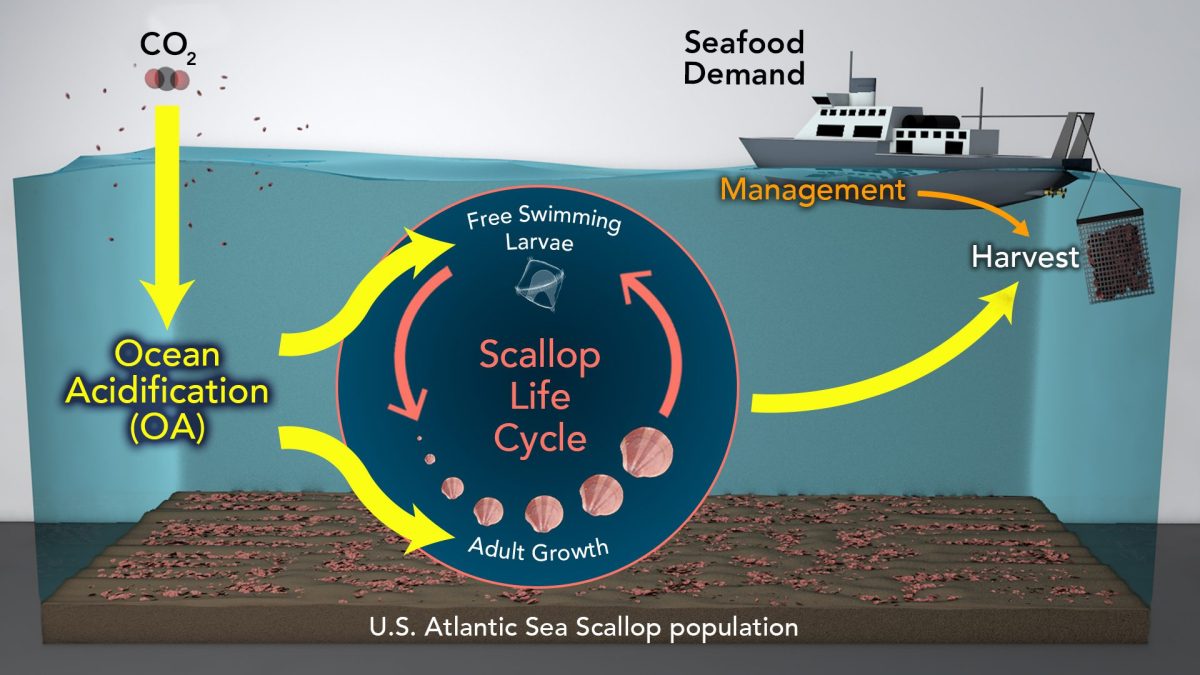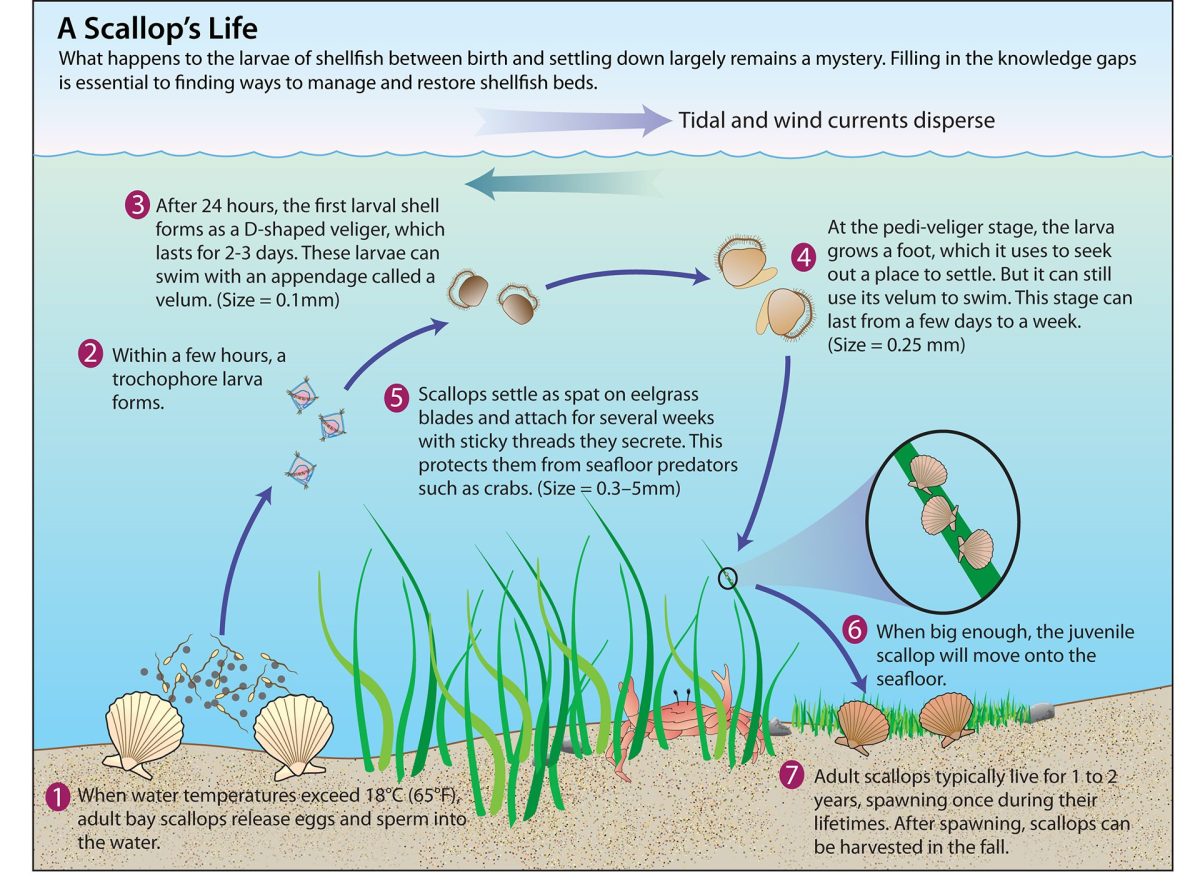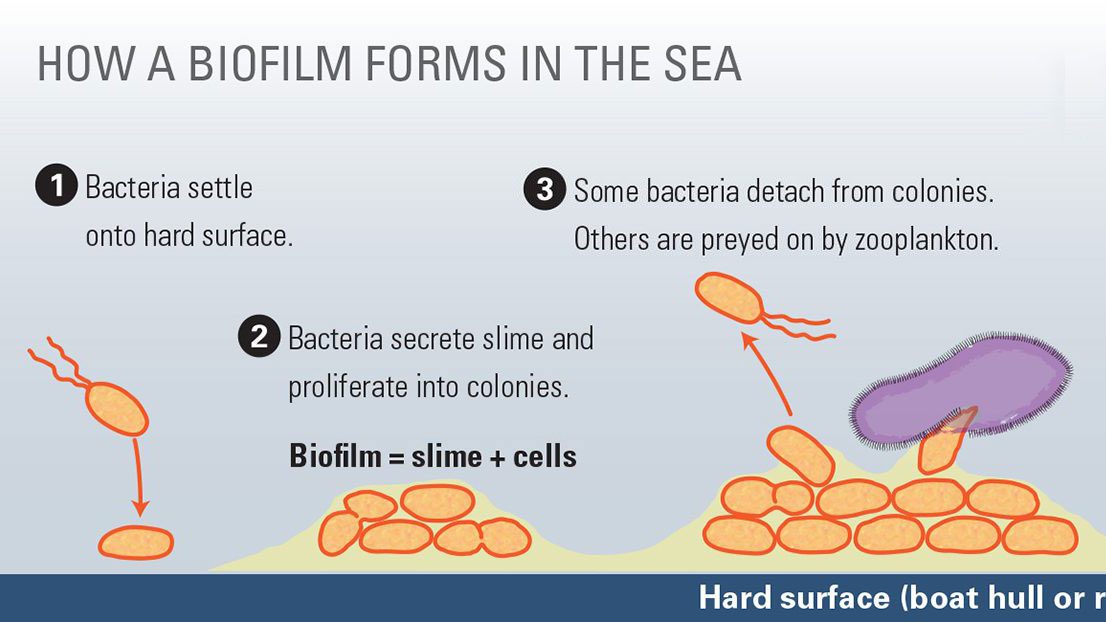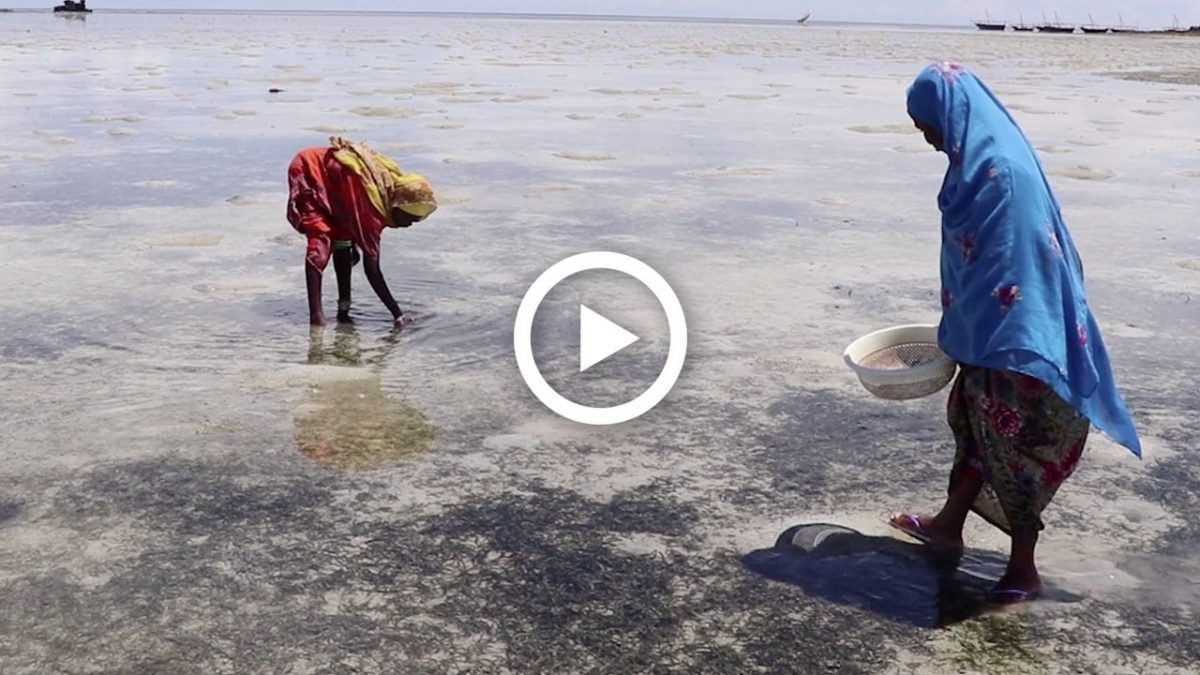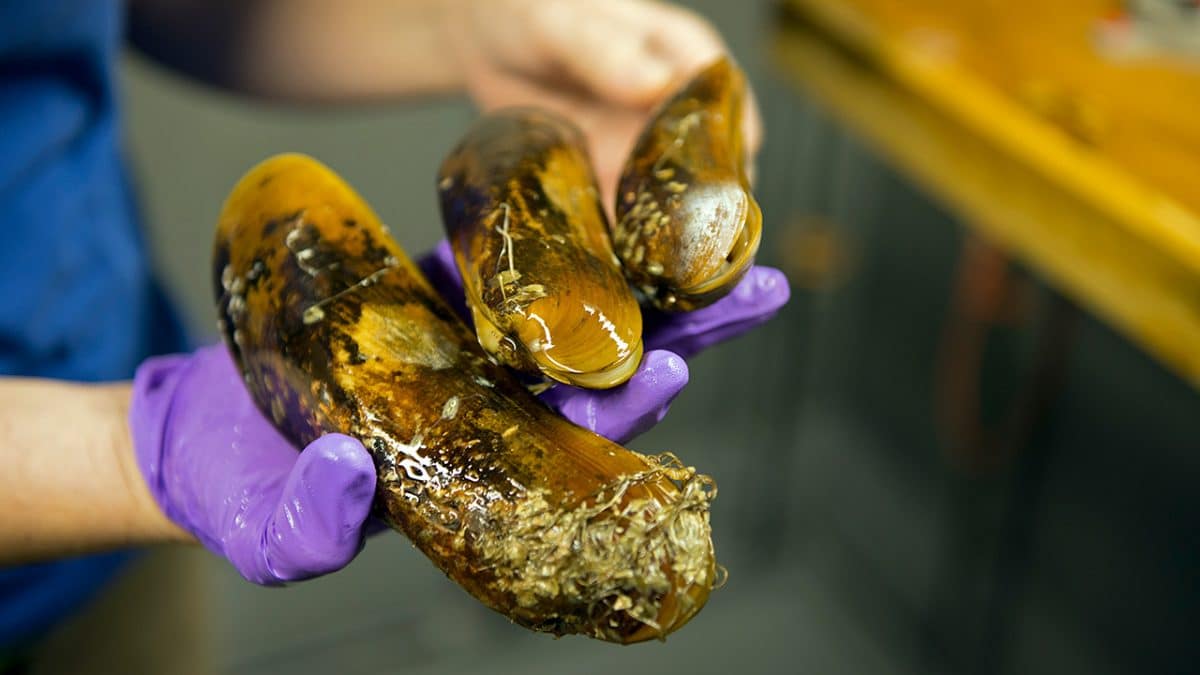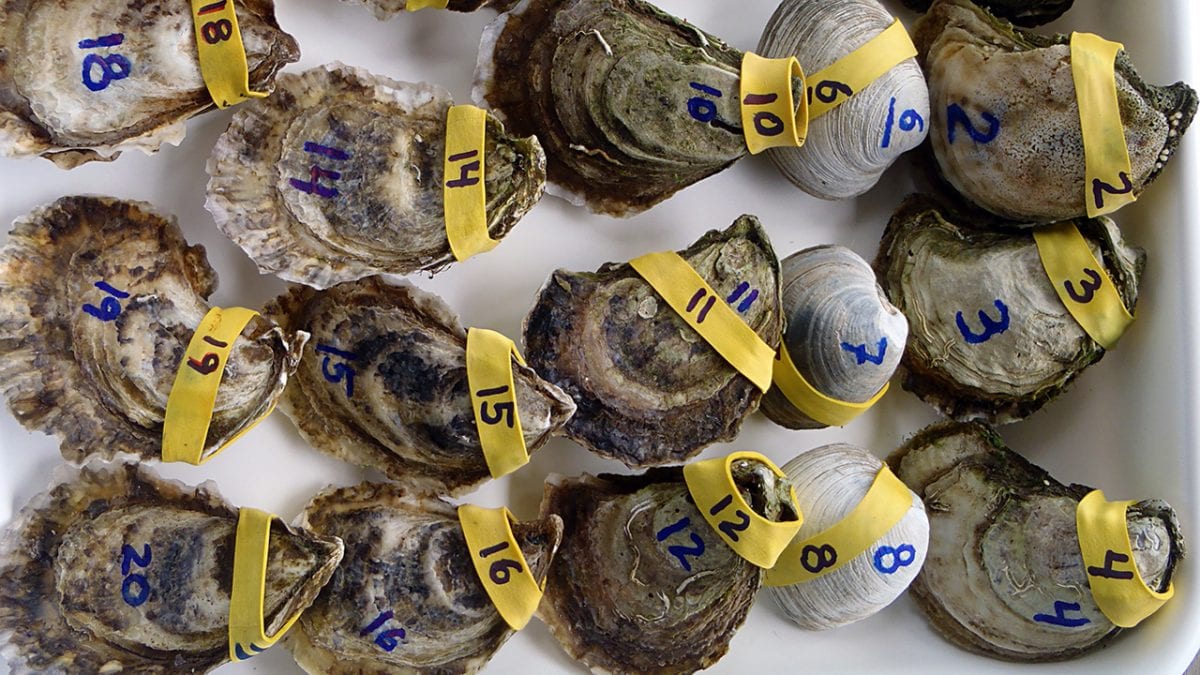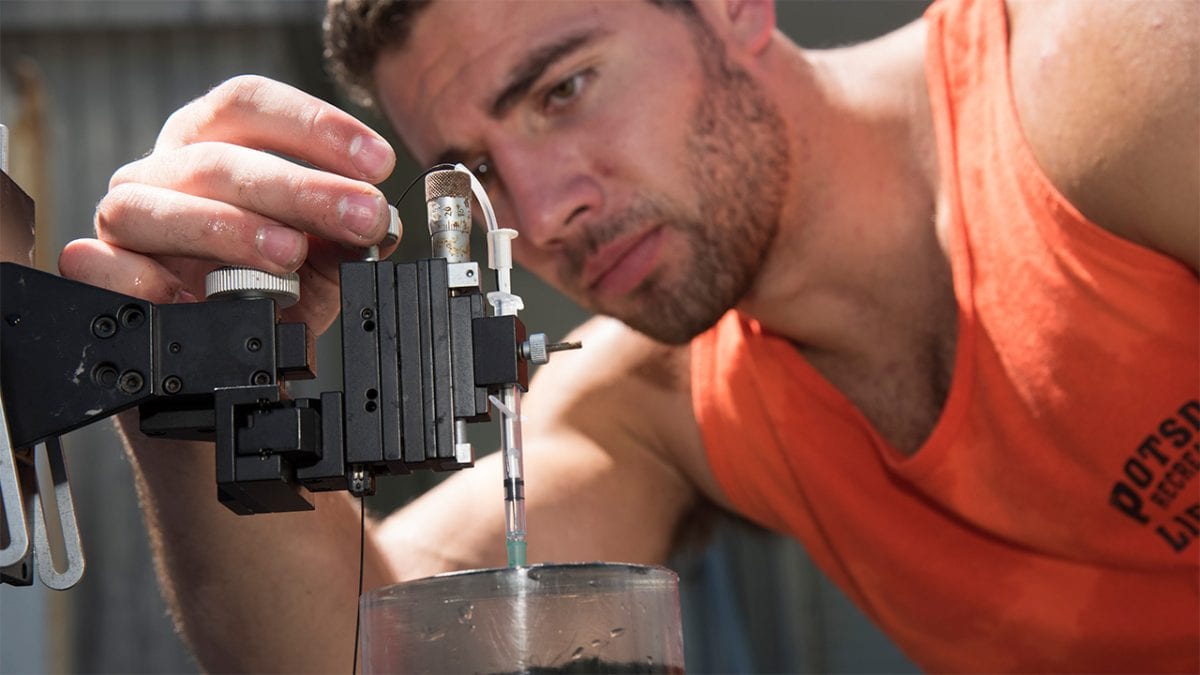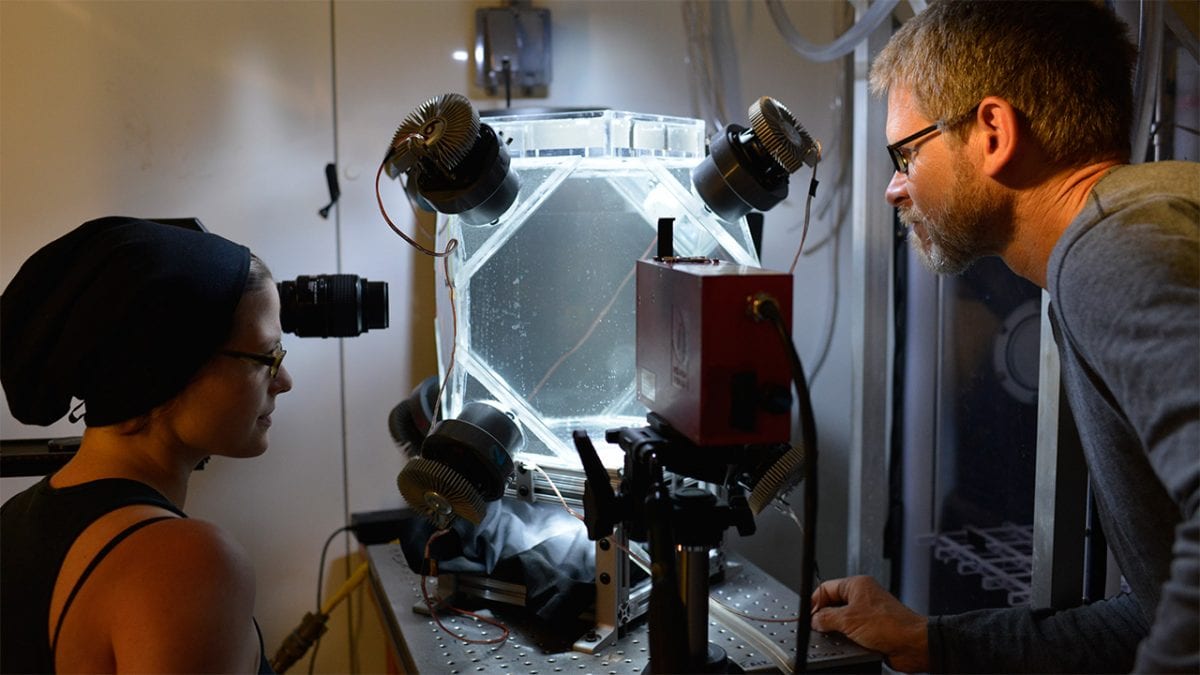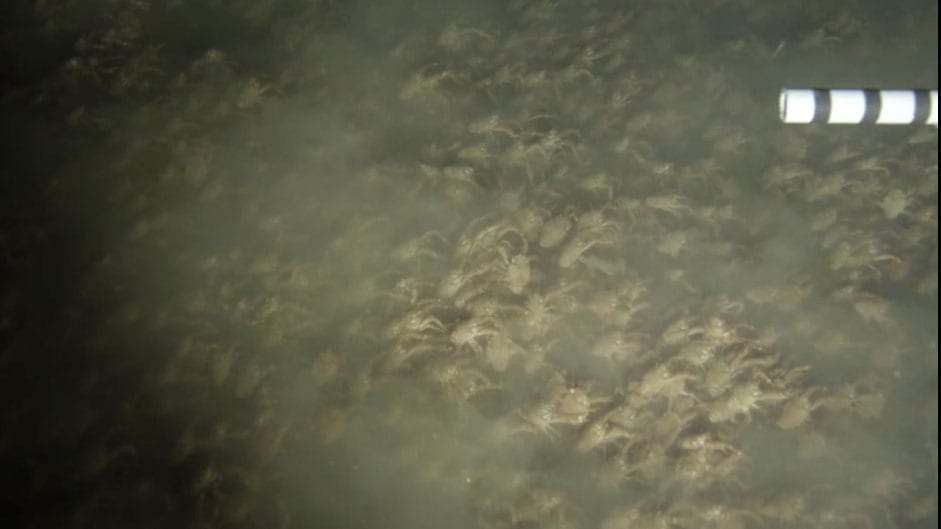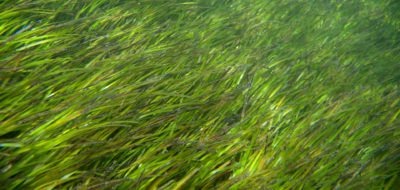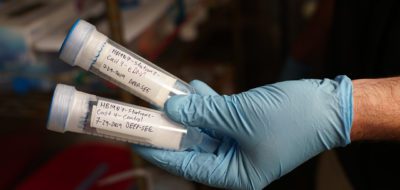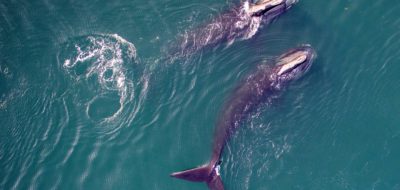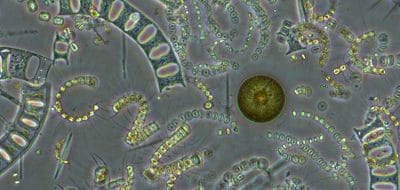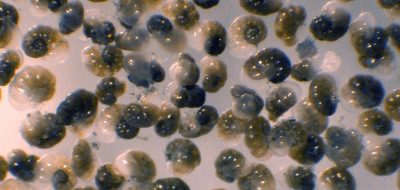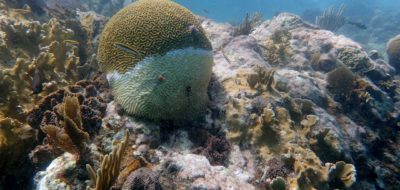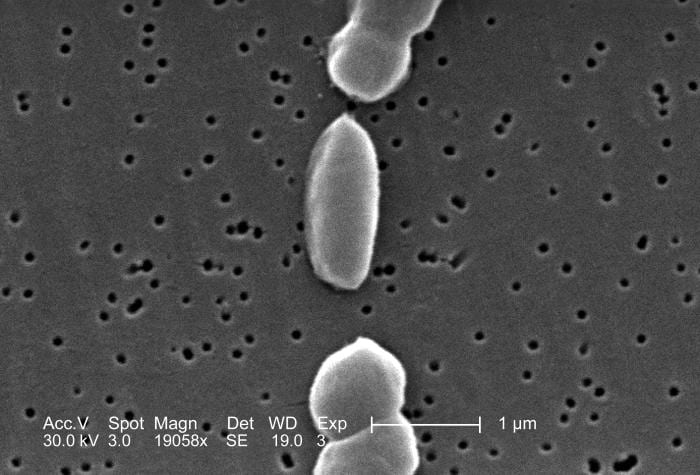
Vibrio parahaemolyticus is a bacterium in the same family as those that cause cholera. It lives in brackish saltwater, and causes gastrointestinal illness in humans. V. parahaemolyticus is a halophilic, or salt-requiring organism, naturally inhabiting coastal waters in the United States and Canada, and is present in higher concentrations during summer. When ingested, V. parahaemolyticus causes watery diarrhea often with abdominal cramping, nausea, vomiting fever and chills, usually within 24 hours of ingestion. (CDC/ Janice Carr)
(Adapted from the Centers for Disease Control and Prevention)
Vibrio parahaemolyticus (V. parahaemolyticus or Vibrio p.) is a bacterium in the same family as those that cause cholera and causes gastrointestinal illness in humans. V. parahaemolyticus is a halophilic, or salt-loving organism that inhabits brackish coastal waters in the U.S. and Canada and is present in higher concentrations during summer.
Vibrio is commonly found in waters where oysters are cultivated. When the appropriate conditions occur with regard to salt content and temperature, V. parahaemolyticus thrives. Most people become infected by eating raw or undercooked shellfish, particularly oysters. Less commonly, this organism can cause an infection in the skin when an open wound is exposed to warm seawater.
When ingested, V. parahaemolyticus causes watery diarrhea often with abdominal cramping, nausea, vomiting, fever and chills. Usually these symptoms occur within 24 hours of ingestion. Illness is usually self-limited and lasts 3 days. Severe disease is rare and occurs more commonly in persons with weakened immune systems.
An estimated 4500 cases of V. parahaemolyticus infection occur each year in the U.S. However, the number of cases may be much higher due to underreporting. In addition, laboratories rarely use the selective medium that is necessary to identify this organism, and it is likely that many more cases go undetected.
Treatment is not necessary in most cases of V. parahaemolyticus infection. There is no evidence that antibiotic treatment decreases the severity or the length of the illness. Patients should drink plenty of liquids to replace fluids lost through diarrhea. In severe or prolonged illnesses, antibiotics such as tetracycline or ciprofloxicin can be prescribed.
Most infections caused by V. parahaemolyticus in the U.S. can be prevented by thoroughly cooking seafood, especially oysters. Wound infections can be prevented by avoiding exposure of open wounds to warm seawater. When an outbreak is traced to an oyster bed, health officials recommend closing the oyster bed until conditions are less favorable to V. parahaemolyticus.
More information is available through the CDC website or your local health department. Information about problems associated with raw seafood consumption can be obtained from the FDA’s Center for Food Safety and Applied Nutrition (800-332-4010).

Vibrio parahaemolyticus is a bacterium in the same family as those that cause cholera. It lives in brackish saltwater, and causes gastrointestinal illness in humans. V. parahaemolyticus is a halophilic, or salt-requiring organism, naturally inhabiting coastal waters in the United States and Canada, and is present in higher concentrations during summer. When ingested, V. parahaemolyticus causes watery diarrhea often with abdominal cramping, nausea, vomiting fever and chills, usually within 24 hours of ingestion. (CDC/ Janice Carr)

